The “Ancient Musicians” of the Naxi (pronounced “Na-shee”) Orchestra are tuning up as Xuan Ke takes his place at the podium. He is younger than many of the musicians, being only in his seventy-seventh year. The standing-room only crowd gives him a thunderous applause. He addresses them in three languages: English, Mandarin, and Naxi—the ethnic dialect of the area. He has been ill, he tells them, so tonight he will conduct only the first part of the concert, then an apprentice will take over. He introduces the musicians, describes their instruments, and acquaints the audience with the history of the ancient music. Then the concert begins.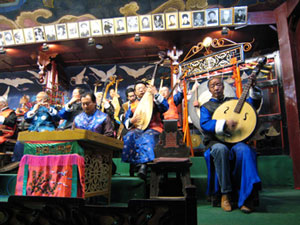
The concert hall is unheated and cold, but the music is warm, beautiful and haunting. We are seated in one of the front rows of the hall, a beautiful building in the old town of Lijiang, located in a picturesque valley in China’s Yunnan province. Though it is January, there are plenty of tourists, most of whom are Chinese.
The Naxi Orchestra is made up of 20-24 members, many in their 80’s and 90’s, dressed in bright traditional costumes. Tonight, because of the cold, we catch glimpses of jeans and warm Western clothing beneath their silk brocaded Chinese gowns. They are playing traditional Chinese stringed instruments like the guzheng, guqin and erhu, accompanied by the dizi—the Chinese bamboo flute. Although they play some traditional Han music (Han are China’s largest ethnic group accounting for 90% of the country’s population), they specialize in dongjing, a type of Taoist temple music that has been lost elsewhere in China. The melodies evoke waterfalls, birdsong, and other sounds from nature.
Xuan Ke, the venerable Conductor, popular in China and worldwide, has a shock of dark hair and dark skin. Born in 1930, the musicologist and former village school teacher first learned about music from American Pentecostal missionaries. At the urging of his merchant father, he studied Western music at the Kunming Academy. He became passionate about exploring the instrumental music, chants and folk songs of the remote mountain villages in the foothills of the Himalayas.
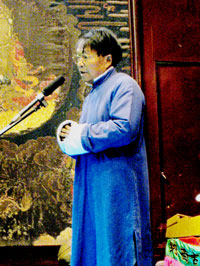
After Chairman Mao Tse-tung’s victory in 1949, Xuan Ke became a conductor in Kunming. When the Red Army entered the city, his orchestra played Schubert’s Marche Militaire. In 1958, when Mao decided that artists and intellectuals could be a threat to him, Xuan Ke, who played western music and was fluent in English, was sent for “re-education” to a forced labor camp. He spent the next twenty years working in a tin mine. There he endured constant work and was tortured. Once the guards strung him to the roof beams by his hands, his arms extended in the manner of an orchestra conductor—or the curcified Christ. He still bears the scars and disfigurement on his hands and wrists. Many of the musicians in the orchestra suffered as well, but a good number were able to save their precious antique instruments from the Red Army by embedding them in walls or burying them in the ground.
After his release, Xuan Ke taught English and at the same time put his orchestra back together. Many of his friends had died, but some remained and the orchestra today is made up of white-bearded veterans and the young apprentices to whom they are imparting their unique knowledge of the ancient music. The orchestra has performed in more than twenty countries. At home, it plays every evening and the room is always packed.
After an earthquake struck Lijiang in 1996, the old town survived almost intact but the new town suffered a large amount of damage. It was then decided that all future building should be done in the same manner as the old town. In 1997, Lijiang, the only ancient Chinese city constructed without walls, was designated a UNESCO World Heritage Site.
The California Native invites you to visit this fascinating area of China and attend a performance of the Naxi Orchestra.



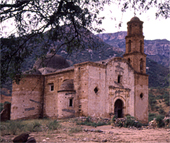
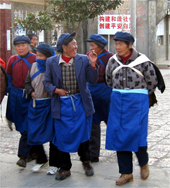
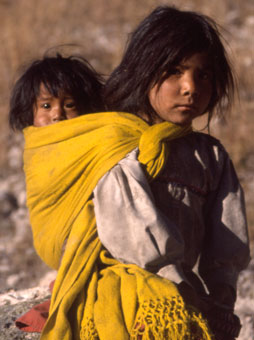
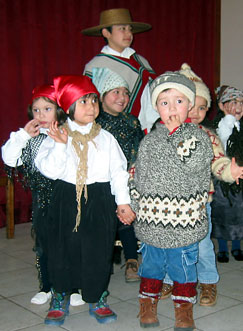
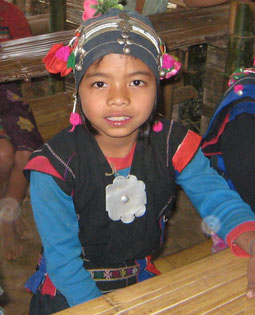
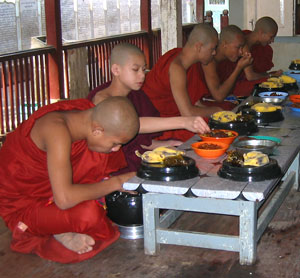
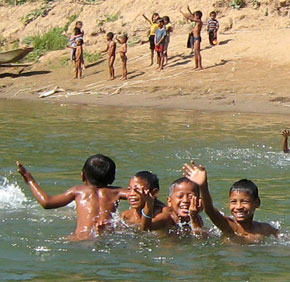
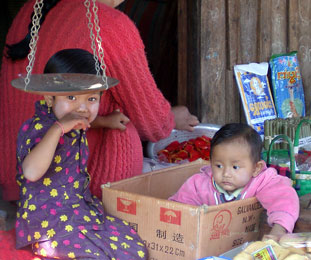
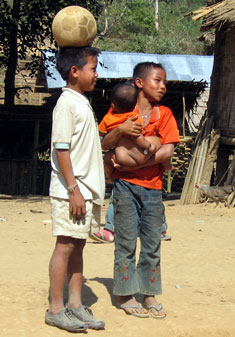
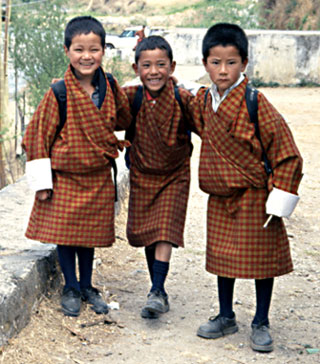
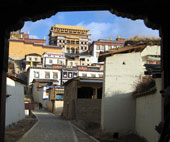
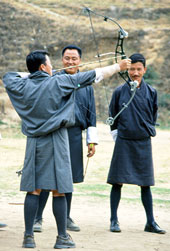
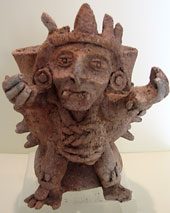
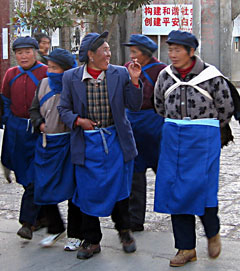


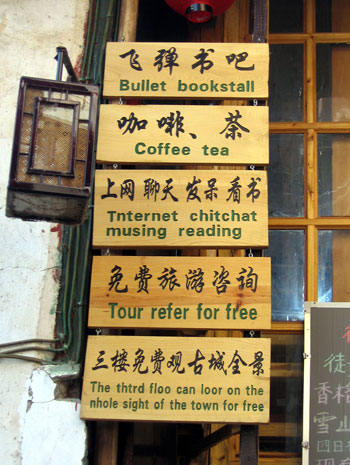
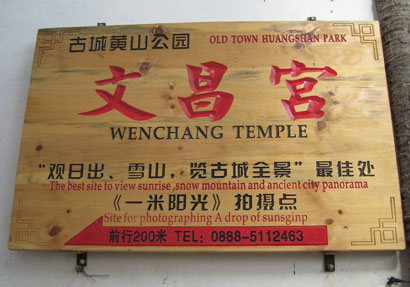

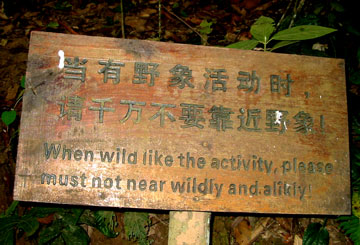
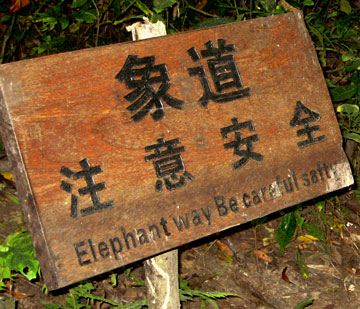
 silver anniversary comes as a proud moment for our company’s founder, Lee Klein, who continues to scout new locations world-wide in search of new destinations for the active traveler. Klein, a graduate from Loyola Marymount University with a MBA in Management spent more than two decades as a corporate manager and college professor until, while climbing Ayer’s Rock in the Australian Outback, he decided to venture into the adventure travel business. As he did, he took to heart the lessons he taught his students on how to succeed in business: “keep it simple, and learn to do it right before adding new products and services.”
silver anniversary comes as a proud moment for our company’s founder, Lee Klein, who continues to scout new locations world-wide in search of new destinations for the active traveler. Klein, a graduate from Loyola Marymount University with a MBA in Management spent more than two decades as a corporate manager and college professor until, while climbing Ayer’s Rock in the Australian Outback, he decided to venture into the adventure travel business. As he did, he took to heart the lessons he taught his students on how to succeed in business: “keep it simple, and learn to do it right before adding new products and services.”